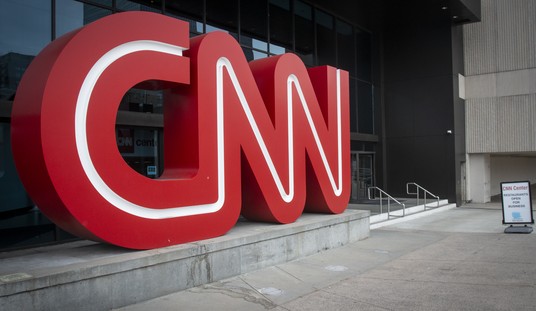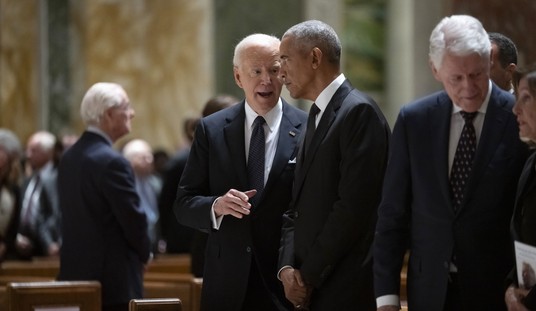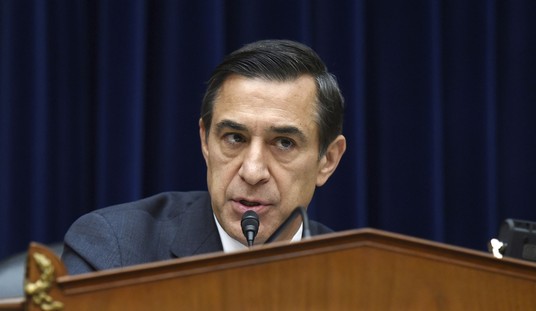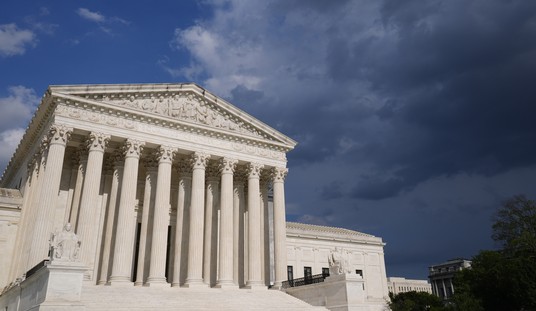Thursday evening President Trump’s AI and Crypto Czar, David Sacks, took to X and announced that the president had just signed an executive order to establish a Bitcoin Strategic Reserve. In doing so, President Trump has fulfilled the campaign promise made during his speech at the Bitcoin 2024 Conference; “PROMISES MADE, PROMISES KEPT” says Sacks.
Within a few hours, the executive order was posted to the whitehouse.gov website.
Key points of the executive order:
Aggregates bitcoin and all other digital assets in two distinct repositories (i.e., Strategic Bitcoin Reserve (SBR) and the Digital Asset Stockpile (DAS), respectively)
Prohibits sale of assets in the SBR and DAS
Allows for addition of more bitcoin to the SBR, so long as the acquisitions are budget neutral
Treats Bitcoin differently than all other digital assets. All other digital assets shall not be further accumulated except when seized
Requires working groups to investigate neutral strategies to further acquire BTC
The executive order states that the strategic reserve will aggregate and preserve the bitcoin already held by the US Government. It is estimated that the government possesses approximately 200,000 bitcoin worth about $17 billion, constituting roughly 1% of all the bitcoin that will ever be in existence. The government came by most if not all of this bitcoin via criminal or civil asset forfeiture. Some noteworthy seizures include:
144,000 bitcoin was seized from Ross Ulbricht during the shutdown of Silk Road in 2013.
50,000 bitcoin was additionally seized from Jimmy Zhong in 2021, who had previously hacked the Silk Road.
94,000 bitcoin was seized by federal agents in 2022 after arresting a couple that had hacked cryptocurrency exchange Bitfinex in 2015.
Recommended
According to Sacks, premature sales of bitcoin have cost the country $17 billion in lost value. Which would mean roughly another 200,000 bitcoin had been at one point possessed by the government but was sold.
The EO specifies that each government agency has 30 days to account for and review its authority to transfer bitcoin to the Strategic Bitcoin Reserve. The agency then must submit that review to the Department of the Treasury.
Additionally, the EO calls on the Secretary of the Treasury to establish the “United States Digital Asset Stockpile” for all other digital assets. Similar actions to account for and transfer these digital assets are called for just as with the Bitcoin Strategic Reserve.
It is noteworthy that the Trump administration is categorizing digital assets in this manner: There is bitcoin, and then there is everything else. Not only this, but in Section 1 of the Executive Order, the attractive properties of bitcoin as an asset are well articulated, and the justification for accumulating such an asset are well argued. While bitcoiners may have wished for a more aggressive plan to accumulate BTC within the Strategic Bitcoin Reserve, this is certainly some strong messaging from the Trump Administration that they understand the asset and what sets it apart from the rest of crypto.
Furthermore, the executive order calls on the Secretaries of Treasury and Commerce to develop budget neutral strategies for acquiring additional Government BTC, but explicitly says the Government shall NOT acquire additional Stockpile assets other than those seized via criminal or civil asset forfeiture. This is another distinction between how the administration is treating Bitcoin and other digital assets.
It will be interesting to see what kinds of budget neutral strategies the Treasury develops to acquire more BTC. One thought would be to lend the existing BTC to nation states or corporations in return for some amount of interest. One wonders if a simultaneous sale of gold and purchase of bitcoin would count as budget neutral… there has been a lot of discussion of Fort Knox recently and the parallel to digital gold is made quite explicitly in the Executive Order.
Those in favor of the Strategic Bitcoin Reserve would like some legislation passed by Congress so that a future Democratic Administration cannot dissolve the reserve and market dump this bitcoin just as quickly as President Trump has issued this Executive Order. Senator Cynthia Lummis has been a primary proponent of such legislation.
This makes for a very interesting backdrop for the upcoming White House Crypto Summit. Eleanor Terrett has accumulated a list of invitees for the exclusive round table, confirmed as accurate but not complete by David Sacks. Some notable names below:
Brad Garlinghouse, Ripple CEO
Chris Giancarlo, former CFTC Chairman
Nathan McCauley, Anchorage CEO
Kris Marszalek, Crypto.com CEO
Tyler and Cameron Winkelvoss, Gemini founders
Vlad Tenev, Robinhood CEO
Arjun Sethi, Kraken CEO
Michael Saylor, Strategy (formerly MicroStrategy) founder
Brian Armstrong, Coinbase CEO
Sergey Nazarov, co-founder of Chainlink
Kyle Samani, Managing Partner of MultiCoin Capital
David Bailey, Bitcoin Magazine CEO
The sincere solicitation of opinions from these varied captains of industry and this groundbreaking executive order demonstrates that David Sacks and President Trump are serious about fostering a constructive and transparent regulatory environment for Bitcoin and other digital assets; a stark contrast to the predatory and hostile stance adopted by the previous administration and former SEC Chairman Gary Gensler.

























Join the conversation as a VIP Member